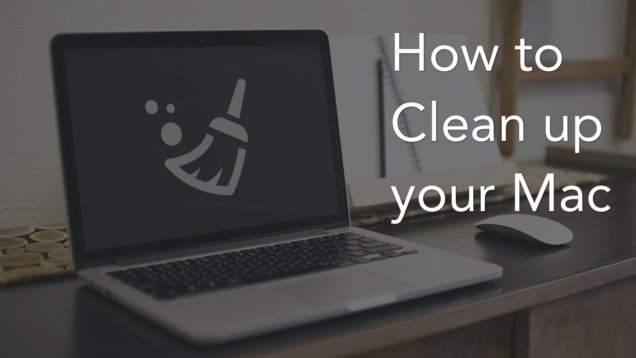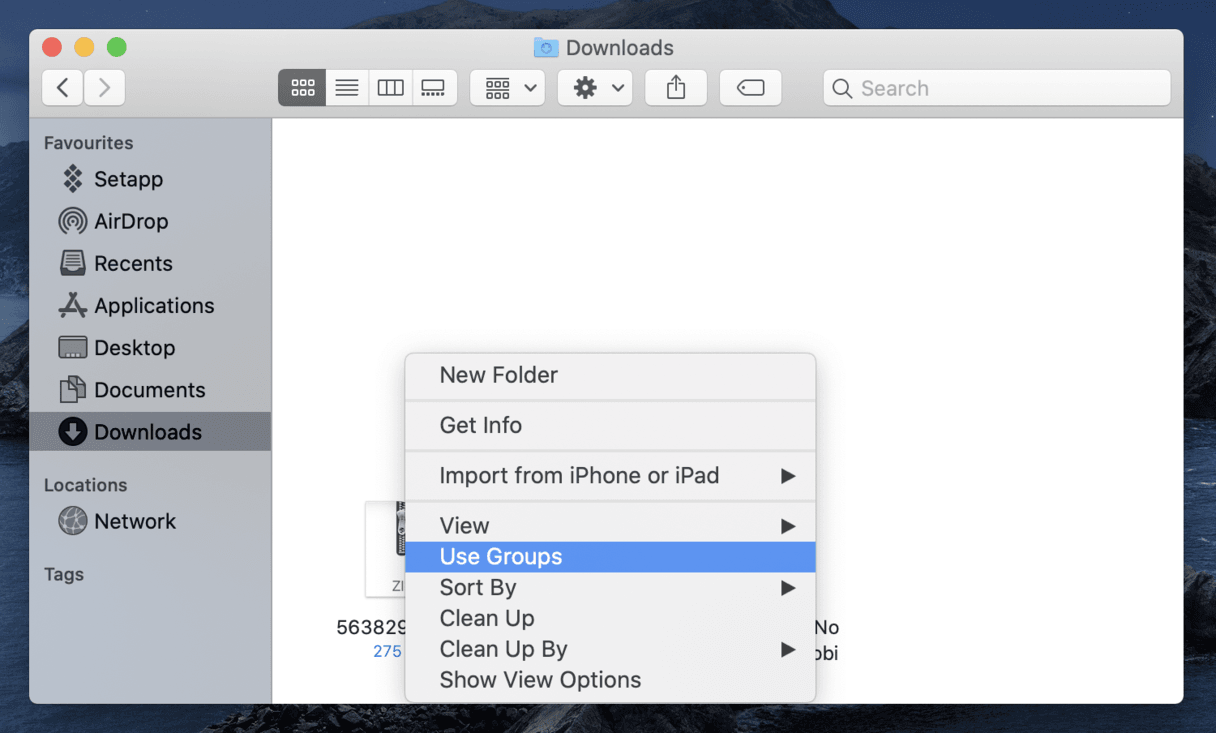After running the installer, you are again free to eject the disk image, and delete the.dmg file. It may seem like installers are an easier way to get software, but the disk image with the application directly on it is actually the preferred way to get software. Since.app files of programs are located in the Applications folder, you can delete DMG files and package installers. Besides that, developers regularly update apps, so if you want to use an updated version of particular software, you will need to download a new installer. Since there is no need to keep useless installers on your Mac, you can. Dmg files to the Trashcan on the Dock or select all of them and press COMMAND- DELETE to move all of them to the Trash. Now Empty the Trash to recover the disk space. Move files that you want to keep into another folder and delete files you no longer need. Nov 18, 2019 Again, just because you can extract a DMG file in Windows, or even convert a DMG to a Windows-readable format, doesn't always mean that the contents of the DMG file will suddenly become compatible with Windows. The only way to use a Mac program or a Mac video game in Windows is to download the Windows-equivalent version.
Mac users often find their Downloads folder filled with disk images that they previously downloaded from the internet, files that – having already installed the apps – they forgot to delete after unmounting the image. As you may already know, installer files for macOS come with a DMG file extension – otherwise known as an Apple Disk Image – and are similar to ISO files.
To install an app – the majority of which just require dragging and dropping – users need to mount this .DMG file just as you might mount a CD when putting it into a CD drive, which makes its contents visible on the Mac. The required software is packed into a special bundle and carries an invisible “.APP” extension.
Download CleanMyMac X from MacPaw’s website and clean up to 500MB of junk data from your computer while enjoying all the features of the software without major limitations.
Users tend to forget about the existence of these disk images after they install the software. The same is true for iOS installer files (IPSW), although using .IPSW to apply an iOS software update is considered to be a more advanced function and therefore more appropriate for tech-savvy users. Even so, it can still happen that even advanced users forget about these storage-hungry installer files.
How To Remove Installer Files

Having one or two installer files in the Downloads folder shouldn't cause any issues unless these files occupy gigabytes of space – Adobe Creative Cloud installer packages, for example. But when you realize that your Mac is running out of free space, this is a good place to check for the remains of installer files to remove them and save space.
Removing these files is as easy as the installation process: select the file and drag it to the Bin. There are cases where the software is more complex, such as Adobe's suite of programs or Mac optimization software OnyX's installer files. If this is the situation, just open the disk image and look for an uninstaller file, or launch the app and find the uninstall options. The uninstall process may differ by app, but in most cases it is hassle-free.

Most Common Issues When Removing Installer Files
Osx Can You Delete .dmg Files
The drag and drop removal method, however, may leave some junk data behind since it doesn't remove the supporting files, which, if you frequently install and uninstall apps, may end up eating into your Mac's storage.
Ever since macOS Sierra 10.12, Apple has provided users with the option to trash the installer as soon as its function is finished, a pretty handy feature considering the limited disk space on a MacBook Air.
Fortunately, Mac optimization apps such as CleanMyMac and others include a neat uninstaller utility that helps remove all files associated with the application and its temporary installation files. While this feature won’t remove the installation file, it does find the files associated with specific software after selecting the app(s) that you want removed.
Installer files are easier to remove because they can be considered as .ZIP files. To move the installer to the Trash, however, you should first unmount it, otherwise it will display an error message. After unmounting it, locate the file (usually in the Downloads folder, the default location for files downloaded from the web), and simply press the Command + Backspace keys or drag it into the trash can.
Best Mac Optimization Software of 2021
Can You Delete .dmg Files After Install
| Rank | Company | Info | Visit |
| |||
| |||
|

Get the Best Deals on Mac Optimization Software
Stay up to date on the latest tech news and discounts on Mac optimization software with our monthly newsletter.
